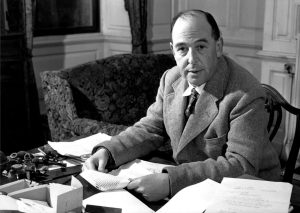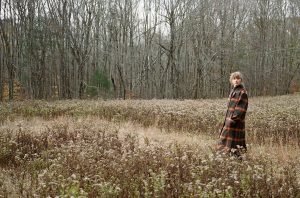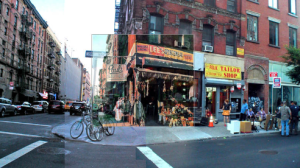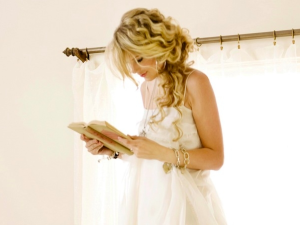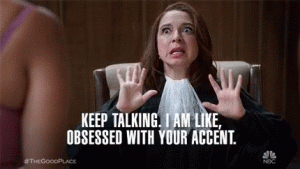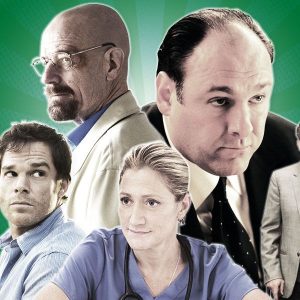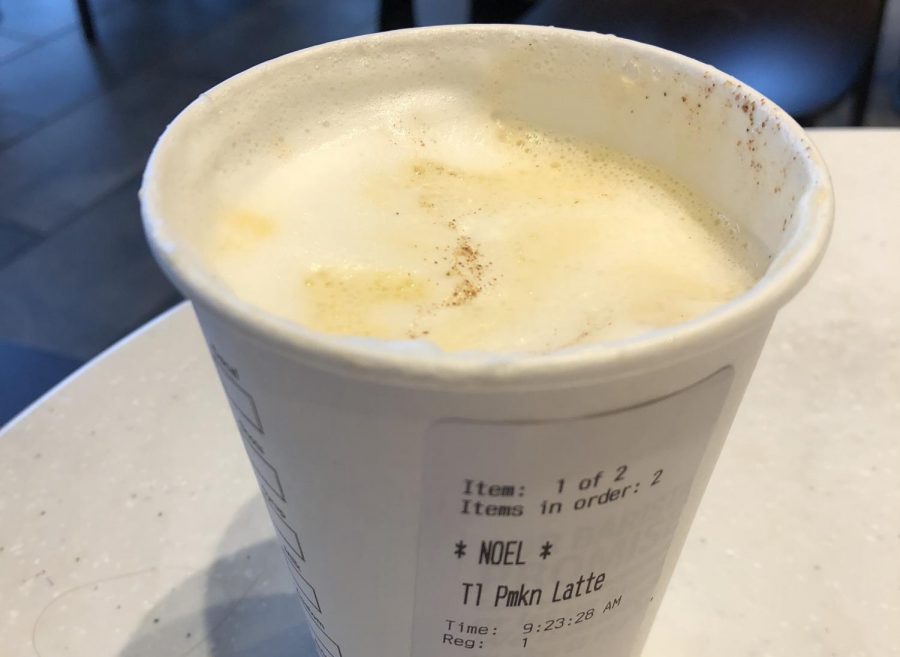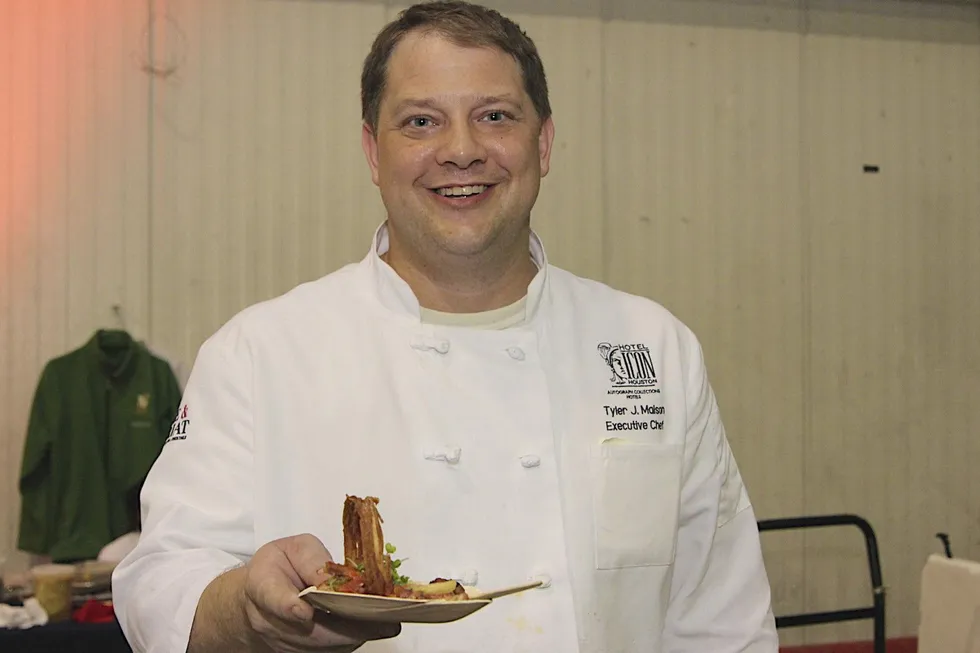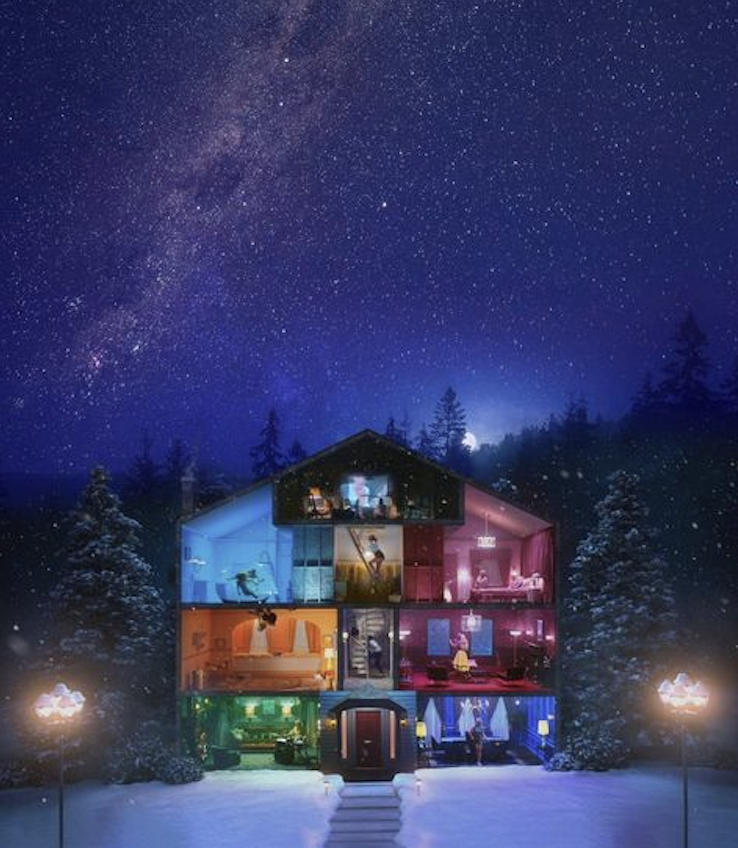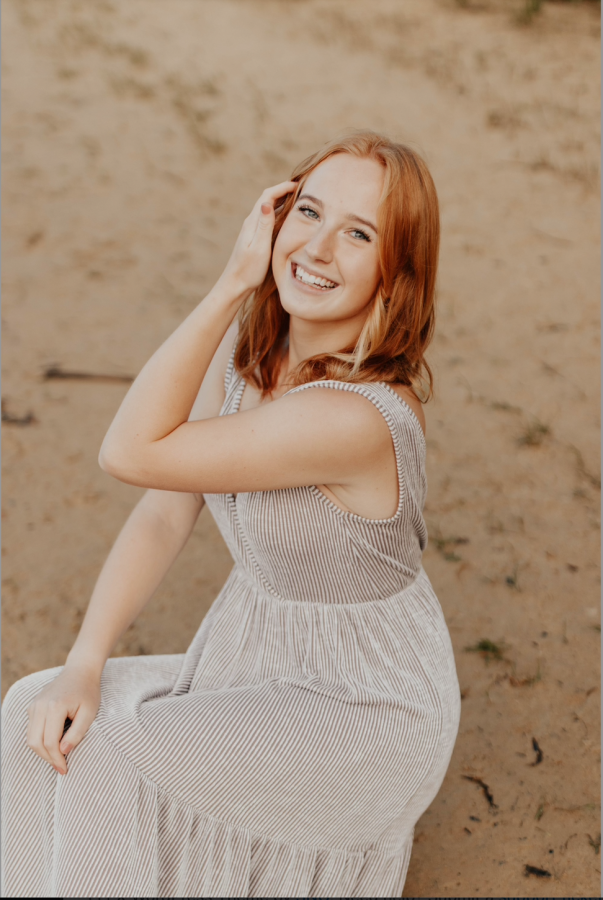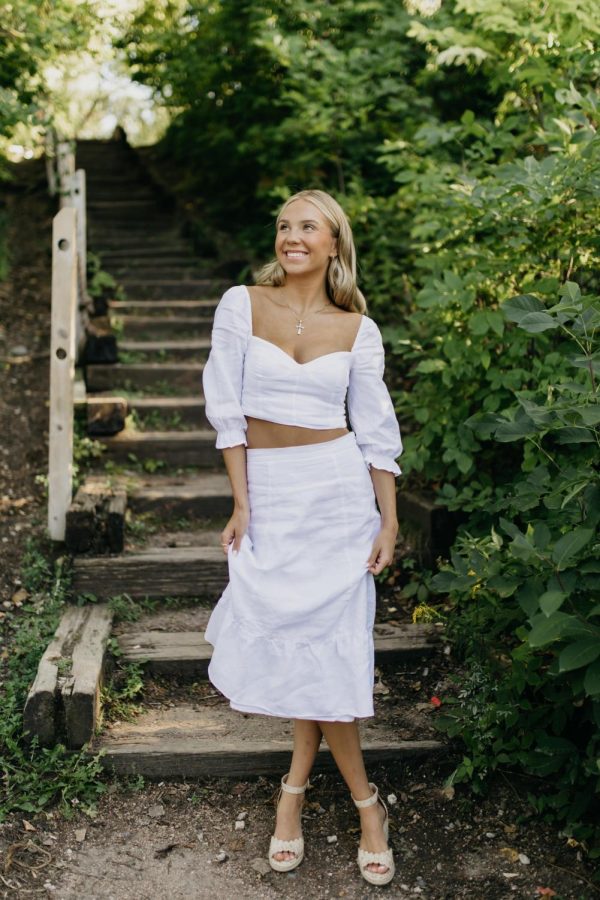For many, Starbucks’ pumpkin spice latte is just as much a symbol of fall as orange-hued leaves, brisk air, and the unwelcome creep of dark as we reach the end of Daylight Savings Time. However, as I have probably spent less than $30 in my lifetime at Starbucks, when this season’s limited-time offer released on (the admittedly early) August 28, I decided to investigate this phenomenon for myself. Could I discover the magic behind a drink that attempts to bottle (or put a cardboard sleeve around) autumn itself?
The pumpkin spice latte, born in the “Liquid Lab,” at the Starbucks headquarters in Seattle, is described by the beverage’s inventor, Peter Dukes, as “a cross between a chef’s kitchen and a scientist’s playground.” In 2003, he and his team reportedly alternated between eating bites of pumpkin pie and drinking espresso to brainstorm a drink that encapsulated that pumpkin-y goodness of fall. The final recipe was drafted three months later, and the drink became an instant hit after it was initially sold in Starbucks in Vancouver, British Columbia and Washington, D.C.
Today’s recipe includes milk, “Pumpkin Spice Sauce” (a mixture of mostly sugar, condensed milk, and pumpkin puree), espresso, whipped cream, and spices (cinnamon, ginger, nutmeg, and clove). The ingredients also contain some preservatives; the complete list can be found on the Starbucks website. Real pumpkin was added to the drinks in 2015.
As I stood in the line to place my order, I wondered if the woman behind the register dreaded orders like mine. Starbucks had already made over 200 million pumpkin spice lattes by 2014, and I wondered what the numbers were like on a morning when the drive-thru line actually blocked traffic. Social media has inflated the craze to dramatic proportions; currently, the PSL’s own Twitter account has over 110,000 followers, and during the fall, is retweeted over 3,000 times.
Having arrived at Starbucks at a peak business hour (around 9:30 on a rainy Saturday), I had to wait ten minutes for my drink to arrive. When it finally appeared, the pumpkin spice latte looked exactly like every other hot item on the menu in its logo-adorned white cup, thin sleeve, and white cap. And, alas, my name was spelled incorrectly. I opened the lid to breathe in all the pumpkin-spice goodness and release some heat to prevent burning my tongue. A white layer of milk foam floated on the top, speckled with spice mix. Being as inexperienced as I was, I did not realize until much later that there was no whipped cream.
The latte smelled more like a pumpkin pie than it tasted like one; my first cautious sip yielded a saccharine, but spicy mouthful. The flavors retreated behind the sweetness—24 grams of sugar in my “short” 8-ounces, exactly equal to that in a medium-size Hershey bar. My mother joked, “We’ll see if you start talking fast, but we won’t know if it’s the expresso or the sugar.”
There was a little kick to the spices, which probably came from the nutmeg. As I sipped some of the foam, I could definitely taste the cinnamon and cloves, too, but the ginger seemed muted. After I—unsurprisingly—burnt my tongue, I could only taste the sweetness and smell the spices. Strangely, this culminated in an almost stronger reminiscence of fall by combining the aching sweetness of Halloween with the aromas of Thanksgiving.
Pumpkin spice lattes certainly have their appeal for their warm spicy flavor and strong aromas. Perhaps, its early arrival signals its new status as the herald of fall.


